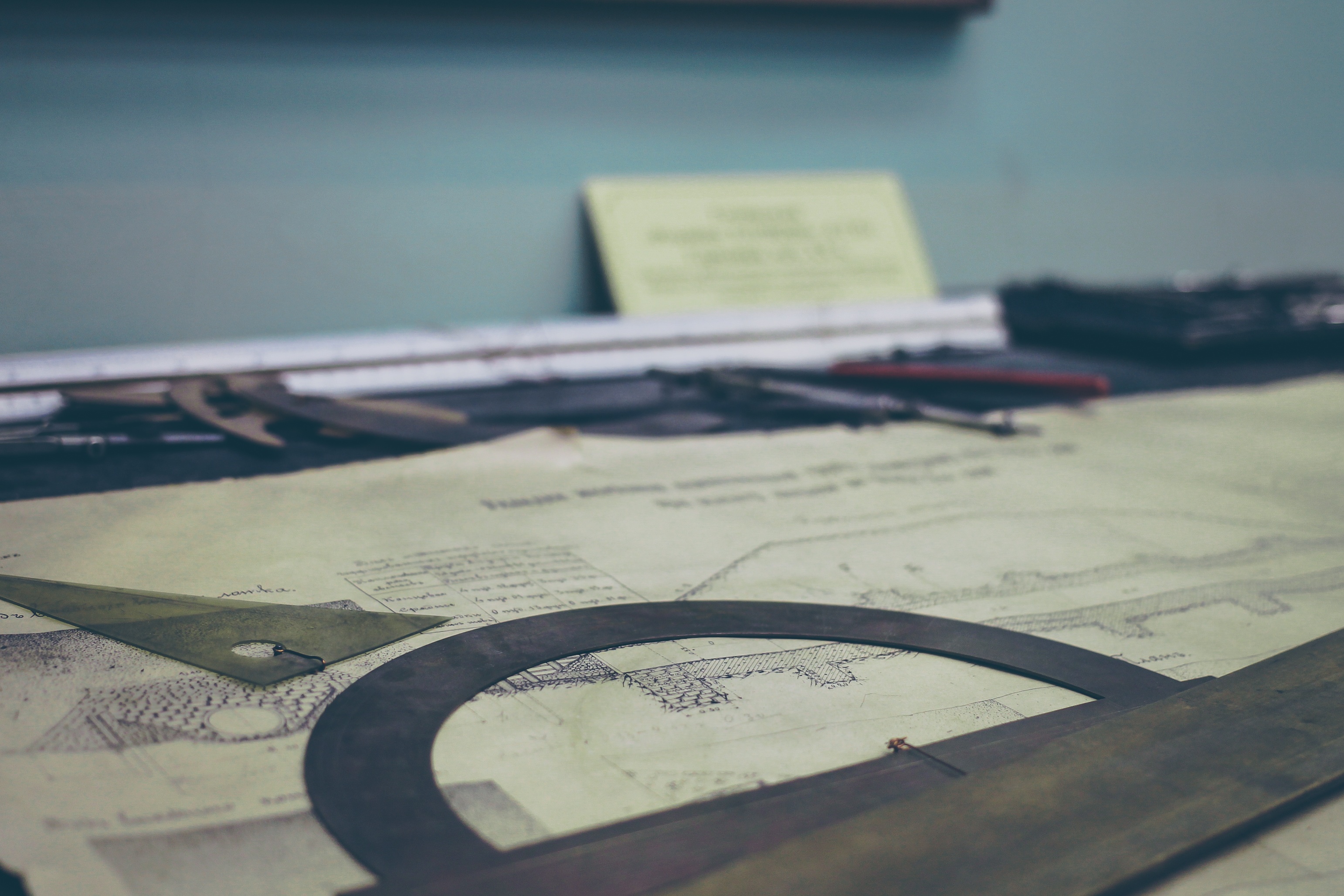- Products
- Industries
- Project Gallery
- Resource Center
- Metal Institute
- Services
- Shop
- Contact Us
October 13, 2015
by Brad Johnson
 We all know to look to IBC Chapter 15 and IRC Chapter 9 for information about roof systems. These two “Roof Assemblies and Rooftop Structures” chapters include the requirements for fire, wind, impact, materials, and reroofing. But did you know the scope of the building code (IBC Section 101.4) references additional model codes that are considered to be part of the requirements of the IBC? From a roofing perspective, this scoping reference brings into play the International Energy Conservation Code (IECC) and the International Existing Building Code (IEBC).
We all know to look to IBC Chapter 15 and IRC Chapter 9 for information about roof systems. These two “Roof Assemblies and Rooftop Structures” chapters include the requirements for fire, wind, impact, materials, and reroofing. But did you know the scope of the building code (IBC Section 101.4) references additional model codes that are considered to be part of the requirements of the IBC? From a roofing perspective, this scoping reference brings into play the International Energy Conservation Code (IECC) and the International Existing Building Code (IEBC).
The creators of the model codes are attempting to ensure that buildings (and roofs, in our case) are designed and built according to the most recent model codes even if they haven’t been specifically adopted by a state or local jurisdiction. If a jurisdiction adopts and enforces the 2015 IBC, by reference the 2015 IECC and 2015 IEBC are in effect.
How do 2015 IECC and 2015 IEBC affect roofs?
The IECC Commercial Provisions include energy efficiency requirements for the same buildings for which IBC Chapter 15 roofing requirements are required. The IECC includes minimum insulation, air barrier, and reflectivity requirements for building envelopes. Prescriptive R-values and U-values are provided for roofs, and they are based on climate zone, metal buildings, and attics. Minimum levels of solar reflectance and thermal emittance are required for low-slope roofs on buildings with air-conditioning in climate zones 1, 2 and 3.
Air barriers—used to reduce or eliminate air leakage—are required for new construction. These are based on materials, systems, or the whole building. Sheet steel and aluminum are listed as materials that meet the air barrier requirements. Of course, the joints and seams are critical to the effectiveness of metal roofing panels when considered to be air barriers. When reroofing, air barrier requirements are not triggered, which is significant. But the insulation requirements are triggered.
Roofing and structural considerations
The 2015 IEBC includes sections about reroofing (Section 706, which is new in the 2015 IEBC) and structural considerations (Section 707). The IEBC divides “Alterations” of buildings into three types: Levels I, II and III. A level I alteration includes the removal and replacement of existing materials. Reroofing is a level I alteration, which triggers the requirements of Chapter 7. The Structural section includes a requirement to upgrade a wind-resisting roof diaphragm when more than 50 percent of the roof is removed where the design wind speed is greater than 115 mph, and in special wind zones. While these are small portions of the United States, it’s important to understand this requirement.
Build roofs with the full scope in mind
Look beyond the roofing chapters to ensure that you design and build buildings according to the most recent building codes.